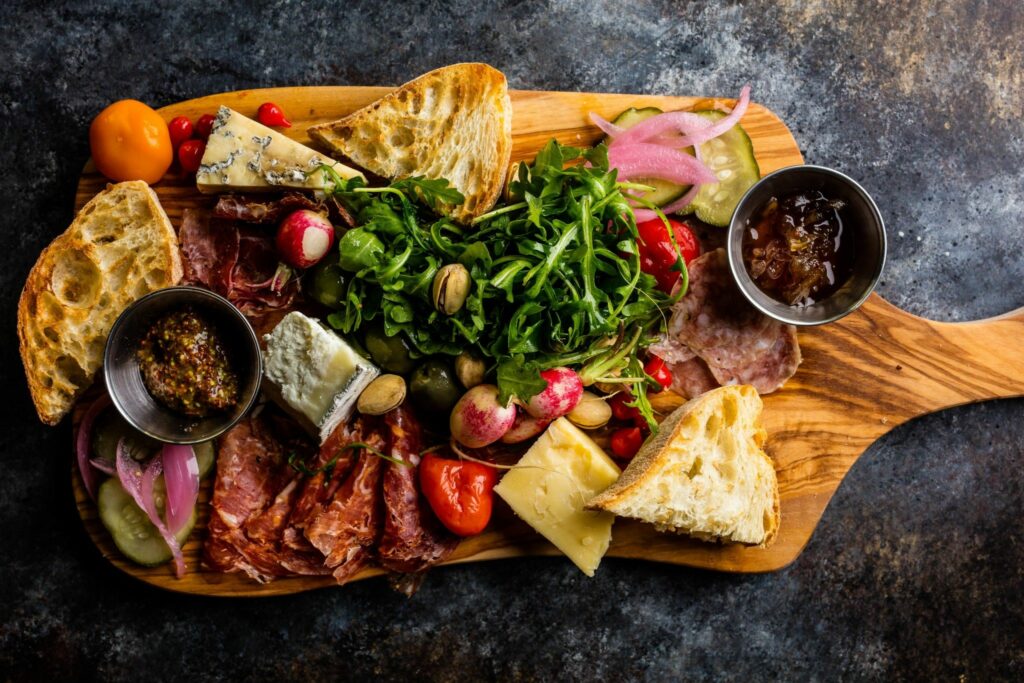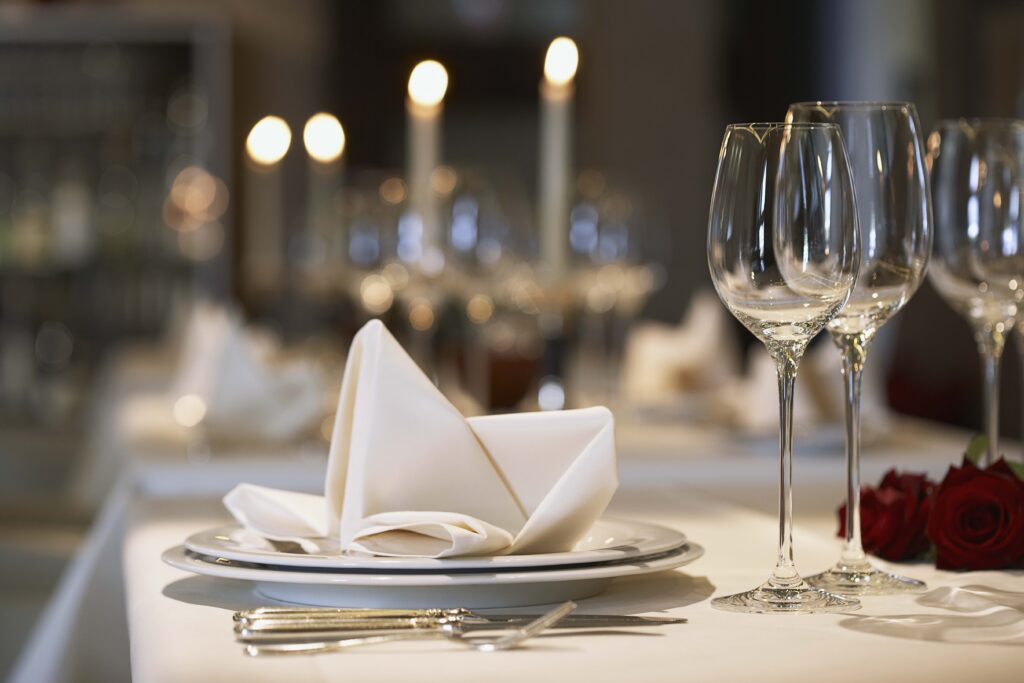When it comes to food, we often hear the phrase, “We eat with our eyes first.” This saying holds more truth than we might think. The visual appeal of a dish can significantly influence our perception of taste, making presentation a crucial element in both fine dining and casual meals.

In fine dining, chefs meticulously arrange food on plates to create a visually stunning experience. The colors, shapes, and textures are all carefully chosen to engage the senses. For example, vibrant ingredients like bright greens or deep reds can make a dish appear fresher and more appetizing. Symmetry and balance in plating can evoke feelings of harmony, while asymmetry can add excitement and creativity to the presentation.
But it’s not just about aesthetics; the way food is presented can also affect our perception of flavor. A beautifully plated dish can enhance the dining experience, making the food taste better simply because it looks appealing. Studies have shown that when food is arranged attractively, diners often perceive it as being more delicious, even if the ingredients are the same as in a less visually appealing dish.
This principle extends beyond fine dining. The rise of social media platforms like Instagram has turned street food and home-cooked meals into works of art. Chefs and food enthusiasts alike focus on making their dishes camera-ready, understanding that a well-presented meal can attract more attention and, ultimately, more customers or followers.
From vibrant smoothie bowls to intricately decorated cakes, the way food is presented has become just as important as the taste itself. In many ways, plating has become an art form, where creativity and culinary skills merge to create not just a meal, but an experience.
So next time you sit down to eat, take a moment to appreciate the presentation. The visual appeal is not just for show – it plays a significant role in shaping your overall dining experience.
